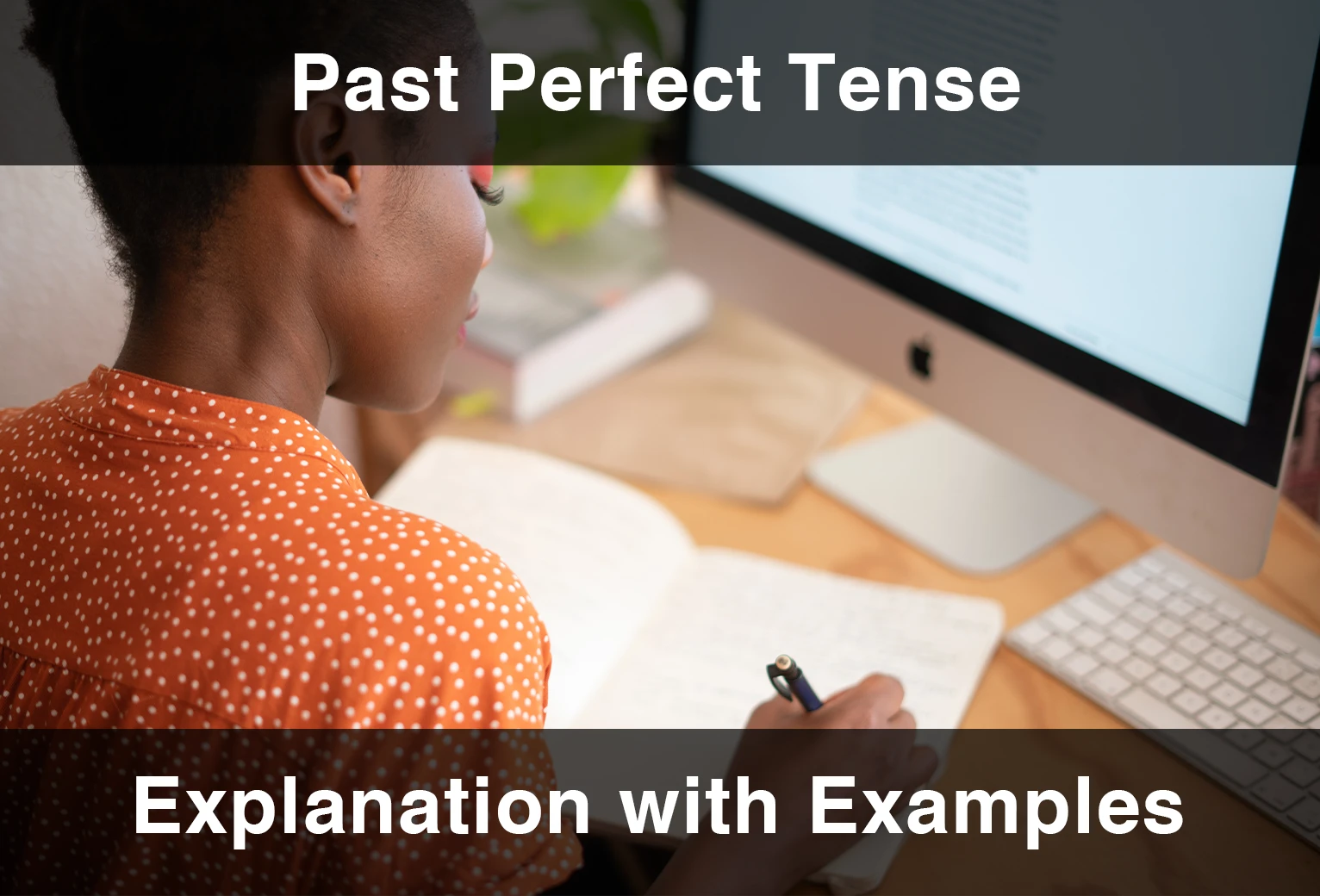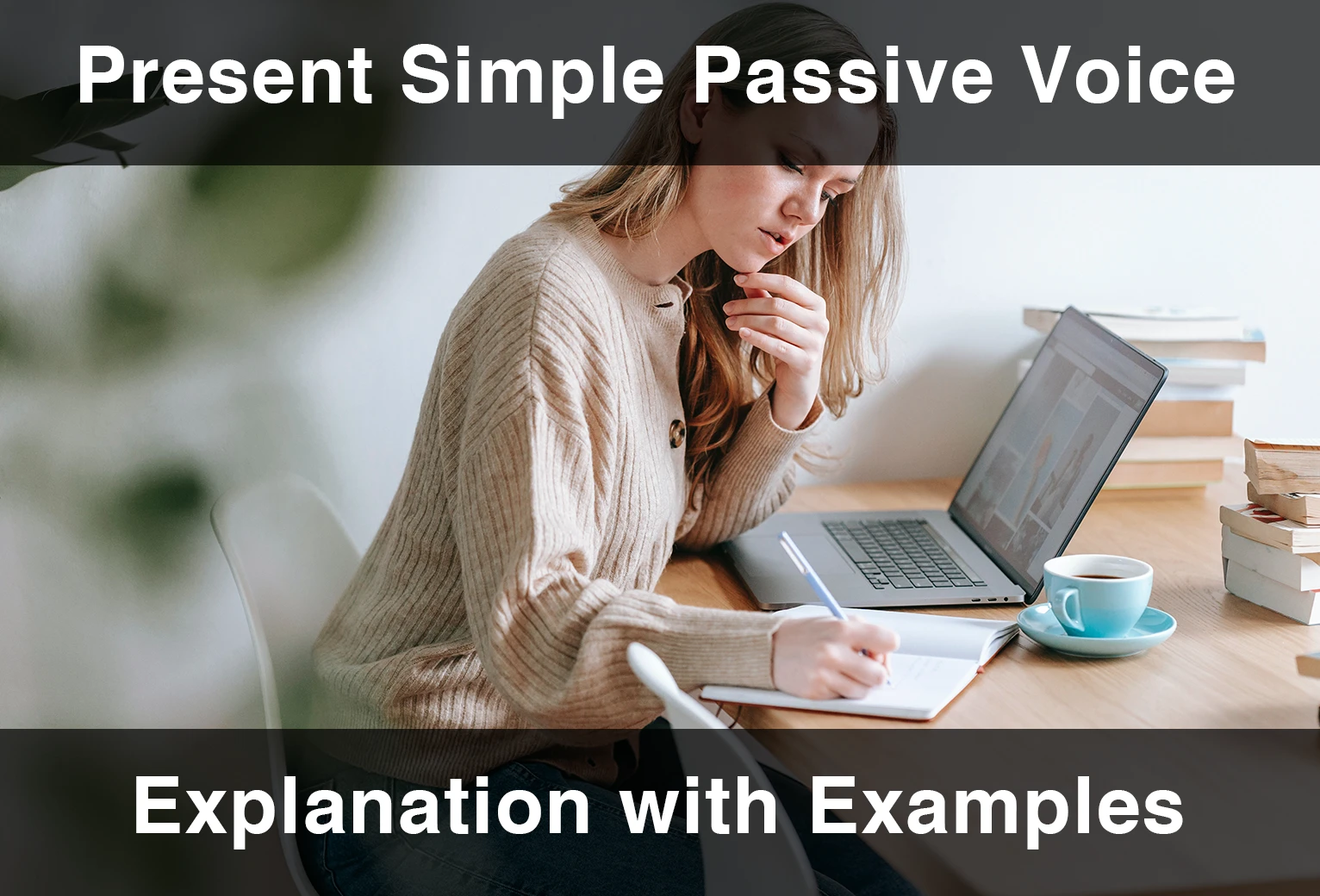On our journey of speaking English fluently, one thing we can’t ignore is the tenses. Tenses are what change the meaning of the verbs. While verbs define actions, tenses define what time those actions take place. A lot of different tenses are used when referring to different time passages. One of these tenses is Past Perfect Continuous Tense. This article is prepared to help you learn all about the Past Perfect Continuous Tense.
What is the Past Perfect Continuous Tense?
Past Perfect Continuous Tense is used to refer to an action that started in the past and continued up until another time in the past. When using this tense, we put emphasis on both the duration and the completion of the action in question.
What are the Past Perfect Continuous Tense Grammar Rules?
The Past Perfect Continuous tense is formed by using the auxiliary verb “have” in its past tense “had”, followed by another auxiliary verb “be” in its past participle form “been” and the present participle form of the main verb “v+ing”. The formula for this tense is subject + had + been + v-ing. The subject doesn’t make a difference in the auxiliary verbs in this tense. Some points to pay attention to with the Past Perfect Continuous tense are:
“Had” as the auxiliary verb: The auxiliary verb “had” is always used in the past perfect tense to indicate that the action occurred before another past event.
“Been” as the auxiliary verb: The auxiliary verb “been” is used after “had” to indicate the ongoing nature of the action.
Verb form: The main verb is used in its present participle form, which ends in “-ing.”
Time reference: The Past Perfect Continuous tense places emphasis on the duration of the action up until a specific point in the past. It is often used with time expressions such as “for,” “since,” “all day,” “all night,” “before,” “by,” etc., to indicate the time frame of the action.
Here is a table:
| Subject | Auxiliary Verb (have) | Auxiliary Verb (be) | Verb |
|---|---|---|---|
| I/You/He-She-It/We/They | had | been | v+ing |
We had been waiting for the train for three hours when it finally arrived.
When you arrived at the ball, I had been dancing for hours.
How To Construct Sentences in Past Perfect Continuous Tense
To form a sentence in Past Perfect Continuous Tense, we write subject + had + been + v-ing. The auxiliary verbs don’t change form according to the subject. We can form different types of sentences ( affirmative, negative, interrogative) by just changing the formula a little. Let’s take a look at forming these sentence types:
1. Positive Sentence in Past Perfect Continuous Tense: The auxiliary verbs “had” and “been” are used. The formula is subject + had + been + v-ing.
She had been studying Spanish for a year before she moved to Madrid.
2. Negative Sentence in Past Perfect Continuous Tense: Negative adverb “not” is added to the auxiliary verb, turning it into “had not (hadn’t)”. The formula turns into subject + had + not + been + v-ing.
They hadn’t been traveling for long when their car ran out of gas.
3. Interrogative Sentence in Past Perfect Continuous Tense: Auxiliary verb “had” comes first, followed by the subject and auxiliary verb “been”. The formula is had + subject + been + v-ing.
Had you been living in İstanbul for many years before you decided to move?
NOTE: In both negative and interrogative sentences, the contraction “hadn’t” can be used instead of “had not” for simplicity and informality.
Positive Sentences in Past Perfect Continuous Tense
As stated above, to form a positive sentence in Past Perfect Continuous Tense, we need to use the formula subject + had + been + v-ing. Here is a table and a few examples to help you better understand.
Positive Sentences
| Subject | Auxiliary Verb (have) | Auxiliary Verb | Main Verb (-ing form) |
|---|---|---|---|
| I | had | been | Main Verb (-ing) |
| You | |||
| We | |||
| They | |||
| He | |||
| She | |||
| It |
The kids had been playing in our house all day before it started to rain.
She had been working on her novel for 2 years before she finally completed it.
We had been studying Portuguese for a year before we moved to Portugal.
The team had been going over their strategies before the big game.
I had been learning to play the saxophone for years before I gave my first public performance at our school.
Negative Sentences in Past Perfect Continuous Tense
To form a negative sentence in Past Perfect Continuous Tense, we write subject + had + not + been + v-ing. The formula for positive sentences gets a negative adverb (not) to make the sentence negative. Here is a table and a few examples for you to better understand.
| Subject | Auxiliary Verb | Auxiliary Verb | Main Verb (-ing form) |
|---|---|---|---|
| I | had not (hadn’t) | been | Main Verb (-ing) |
| You | |||
| We | |||
| They | |||
| He | |||
| She | |||
| It |
They hadn’t been studying, that’s why they got poor grades on the exam.
The company had not been giving their employees a pay raise despite the increasing protests.
We hadn’t been running everyday like we agreed on, so we started working out more at the gym.
He had not been paying attention to the instructions, so he did the entire homework wrong.
Interrogative Sentences in Past Perfect Continuous Tense
When forming an interrogative sentence in Past Perfect Continuous Tense, we use the formula of had + subject + been + v-ing. This is different from the other two formulas because to make a sentence interrogative, the auxiliary verb “have” has to begin the sentence. Here are some tables and a few examples to help you better understand.
Positive Interrogative Sentences
| Auxiliary Verb | Subject | Auxiliary Verb | Main Verb | Complement |
|---|---|---|---|---|
| Had | I | Been | Main Verb (-ing) | Object |
| You | ||||
| We | ||||
| They | ||||
| He | ||||
| She | ||||
| It |
Had you been studying for the exam before you heard it was canceled?
Had they been traveling Europe before they returned to their hometown?
Had she been working on the project with her team before we took over?
Had the children been reading outside before they came inside?
Had he been practicing French before he decided to take a trip to France?
Negative Interrogative Sentences
| Auxiliary Verb | Subject | Negative Adverb | Auxiliary Verb | Verb |
|---|---|---|---|---|
| Had | I | not | been | V + ing |
| You | ||||
| We | ||||
| They | ||||
| He | ||||
| She | ||||
| It |
Hadn’t they been studying together before they left for vacation?
Had she not been practicing the piano diligently before she gave her first performance?
Hadn’t the employees been working overtime consistently before they sued the company?
Had he not been saving money for months before he bought a car?
WH- Questions in Past Perfect Continuous
We may add question words to our interrogative sentences to ask for more specific information. To do that, we add the question words (such as what, which, when, where, who, whose, why etc.) before the auxiliary verb “had”, which is followed by the subject and auxiliary verb “been” respectively. The formula for question word sentences in Past Perfect Continuous is question word + had + subject + been + v-ing.
Positive Question Word Sentences
| Wh- question | Auxiliary Verb | Subject | Auxiliary Verb | Main Verb |
|---|---|---|---|---|
| Who | Had | I | Been | Verb + -ing |
| Whose | You | |||
| Which | We | |||
| Where | They | |||
| What | He | |||
| Why | She | |||
| When | It | |||
| How |
Which team had been practicing the most before the championship game?
Where had they been studying for the exam before it was canceled?
Negative Question Sentences
| Question Word | Auxiliary Verb (have) | Subject | Negative Adverb | Auxiliary Verb (be) | Verb |
|---|---|---|---|---|---|
| What, which, when, where, who, whose, why | had | I/You/He- She-It/We /They | not | been | v+ing |
Why hadn’t you been listening to me before?
Who hadn’t you been calling before moving back home?
Temporal Adverbs (Adverbs of Time) in Past Perfect Continuous Tense
To further specify what time the actions in question take place, we can add temporal adverbs. Some adverbs we can use with Past Perfect Tense are for, since, before, by the time, all day/night/week/month/year. Here are some examples with these temporal adverbs:
They had been studying for days to prepare for their exam.
She had been waiting since yesterday.
We had been talking all day.
He had been practicing before the race.
By the time she arrived, they had been watching TV.
Frequently Asked Questions About Past Perfect Continuous Tense
What is the Difference Between Past Perfect Continuous Tense and Present Continuous Tense?
The Past Perfect Continuous tense focuses on the ongoing nature of an action that started and ended in the past, while the Present Continuous tense describes an ongoing action happening in the present or around the present time.
What is the Difference Between Past Perfect Continuous Tense and Simple Past Tense?
The Past Perfect Continuous tense focuses on the ongoing nature of an action that started and ended in the past, while the Simple Past tense describes completed actions or events in the past.
What is the Difference Between Past Perfect Continuous Tense and Simple Future Tense?
The Past Perfect Continuous tense focuses on the ongoing nature of an action that started and ended in the past, while the Simple Future tense relates to actions that will happen in the future.
What is the Past Perfect Continuous Tense formula?
The formula for Past Perfect Continuous tense is subject + had + been + v-ing.
Would you like to put what you have learned into practice? You can access everything you need to learn English on a single platform! With 25-minute one-on-one live English lessons, 40-minute group lessons, more than 30,000 interactive videos, vocabulary learning tools, AI-supported tutor MiMi, quizzes, and interactive activities, EnglishCentral offers its users a personalized and quality education plan at an affordable price. How about registering for EnglishCentral now and starting to learn English?











